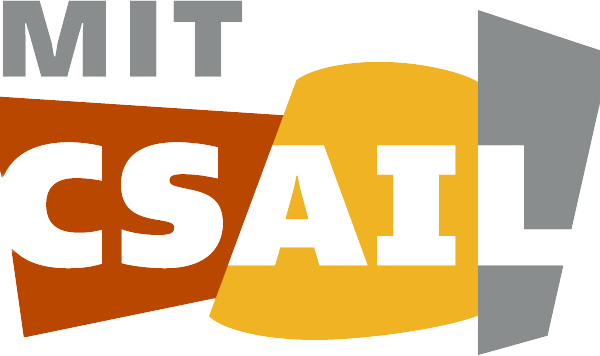Data Recovery for desktop and laptop hard drives
Data Recovery for desktop and laptop hard drives
- First choice: Store data on network filesystems that TIG maintains and backs up nightly. Then, email help@csail.mit.edu to request a restore from backup.
- Second choice: Store data on local disk, then back it up yourself, regularly testing and verifying that data can be restored as expected.
- Oh, crap: …yeah, that’s what brought you to this page. If you hear clicking or don’t even see the hard disk appear, that points to physical problems.1
TIG resources
- TIG has a couple SATA-to-USB converter kits available for checkout from 32-276. These allow standard desktop/laptop hard drives, once extracted from their laptop or desktop chassis, to be mounted externally on a different computer via (slow) USB connection. This is best for cases when the original computer has non-hard-disk-related faults, or is no longer available.
- Depending on the circumstances, TIG staffmembers in 32-276 can attempt to mount or recover data from a hard disk using an eSATA dock that remains in our offices. This is a “best effort” service using standard unix tools2, with no guarantees, even that our efforts won’t make further recovery more difficult.
External resources
In May 2010, the csail-related mailing list had a discussion of hard drive data recovery vendors, starting with this question. Brief summary:
- To maximize success with a professional lab, remove power as soon as it’s evident that the problem is a physical one, and stop trying to read it yourself [or with TIG’s assistance]. OTOH, professional labs are expensive (hundreds to thousands of dollars)
- New England Data Recovery comes recommended by a former TIG sysadmin
- Ontrack Data Recovery does business by mail/data access online, and comes recommended by a CSAIL grad student.


